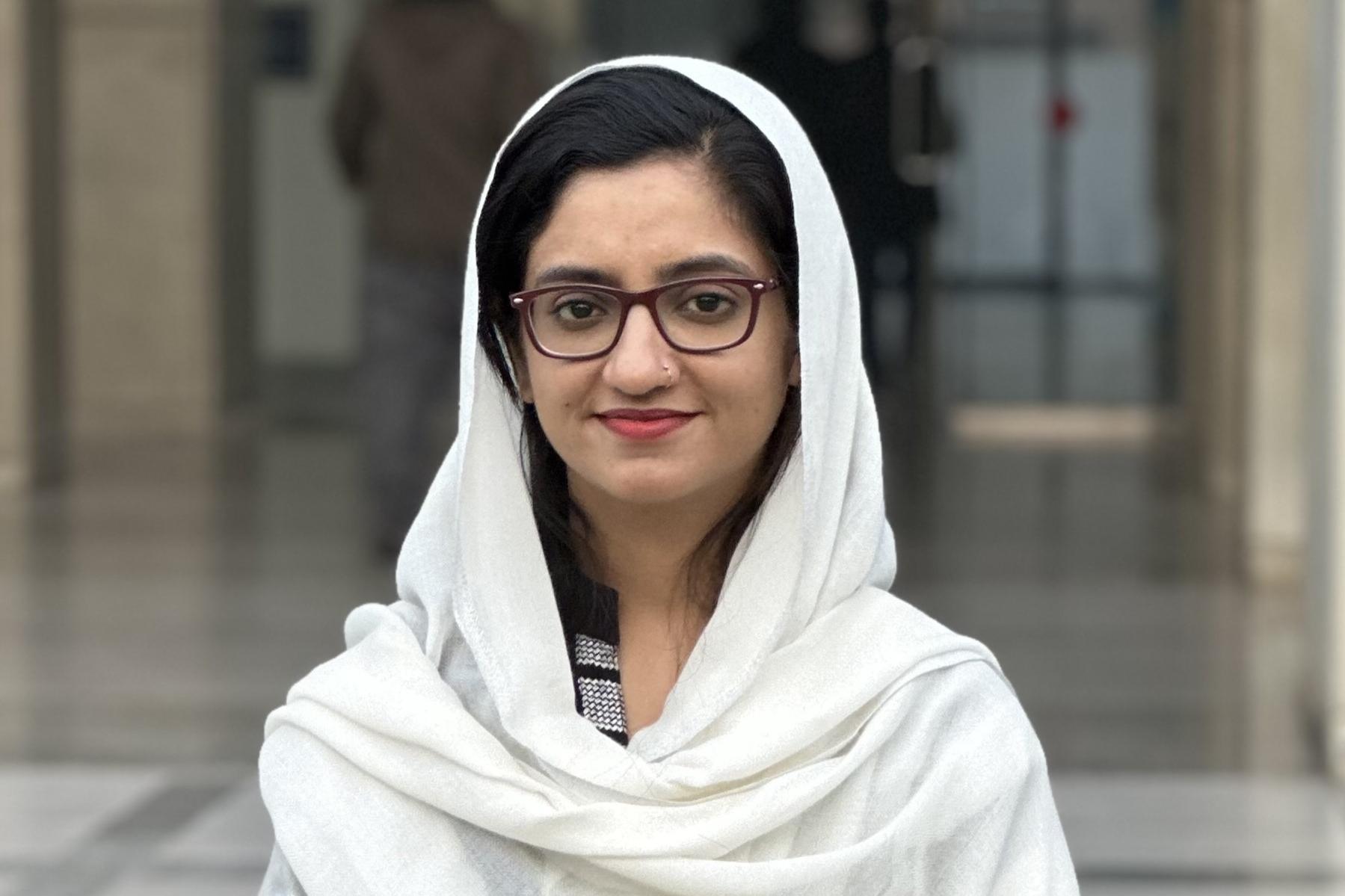
Application Specific Tone Mapping of High Dynamic Range Images
Abstract:
Tone mapping of High Dynamic Range (HDR) images is required for viewing them on Low Dynamic Range (LDR) displays. Multiple algorithms have been designed for this purpose. However, the computational complexity of algorithms often constrains their use in real-time applications. Therefore, a fast, less complex, histogram-based tone mapping operator (TMO) is presented that maintains the higher quality of the LDR images when compared with state-of-the-art algorithms. We propose a computationally efficient model of the human eye's sensitivity to the change in light and use it to construct a histogram of non-uniform bins, which is used to transform the HDR image to LDR. In addition, well-known problems associated with histogram-based enhancement methods are addressed by a low cost yet effective solution. Furthermore, we present a technique that extends our proposed image TMO to video TMO (vTMO). The proposed vTMO maintains the temporal coherence between the frames and addresses the well-known problem of flickering in tone mapped video. Visual comparisons and objective evaluations confirm that the proposed design is simple and efficient, maintains temporal coherency among video frames, and produces LDR images and videos of high quality.
Moreover, the literature shows that TMOs are overwhelmingly trained/performance optimized for best perceptual quality LDR images. However, this LDR image when meant for consumption by a vision application such as Object Recognition, Image Segmentation, Images Categorisation, Recognize Patterns, and Recognize Edges and Agriculture, the key requirement is the best recognition performance of the application rather than perceptual quality consideration solely. However, literature is largely devoid of addressing this requirement though this requirement is very important in its own right.
Extending our research work further, we aim to fill the gap in the tone mapping research field. For this purpose, a TMO is proposed to create that will serve in computer vision applications. Our focus is to make the HDR camera interface with LDR applications. For this purpose, we propose the idea of developing an application-specific CNN based TMO. The training of the CNN model will be based on the output results of the application.
1. Mujtaba, N., Khan, I. R., Khan, N. A., & Altaf, M. A. B. (2022, November). A Fast HDR Image TMO based on a Simplified Eye Sensitivity Model. In 2022 IEEE Workshop on Signal Processing Systems (SiPS) (pp. 1-6). IEEE. (Conf. Paper)
2. Mujtaba, N., Khan, I. R., Khan, N. A., & Altaf, M. A. B. (2022, September). Efficient Flicker-Free Tone mapping of HDR Videos. In 2022 IEEE 24th International Workshop on Multimedia Signal Processing (MMSP) (pp. 01-06). IEEE. (Conf. Paper)
3. Mujtaba, N., N. A., Altaf, M. A. B., & Khan, I. R., Khan. (2022). Simplified Eye Sensitivity Model based Fast Tone Mapping Algorithm for HDR Images and Video. The Visual Computer. (Journal Paper) (Submitted)
PhD Committee:
1. Dr. Nadeem Ahmad Khan(Supervisor)
2. Dr. Muhammad Awais Bin Altaf
3. Dr. Adeel Pasha

